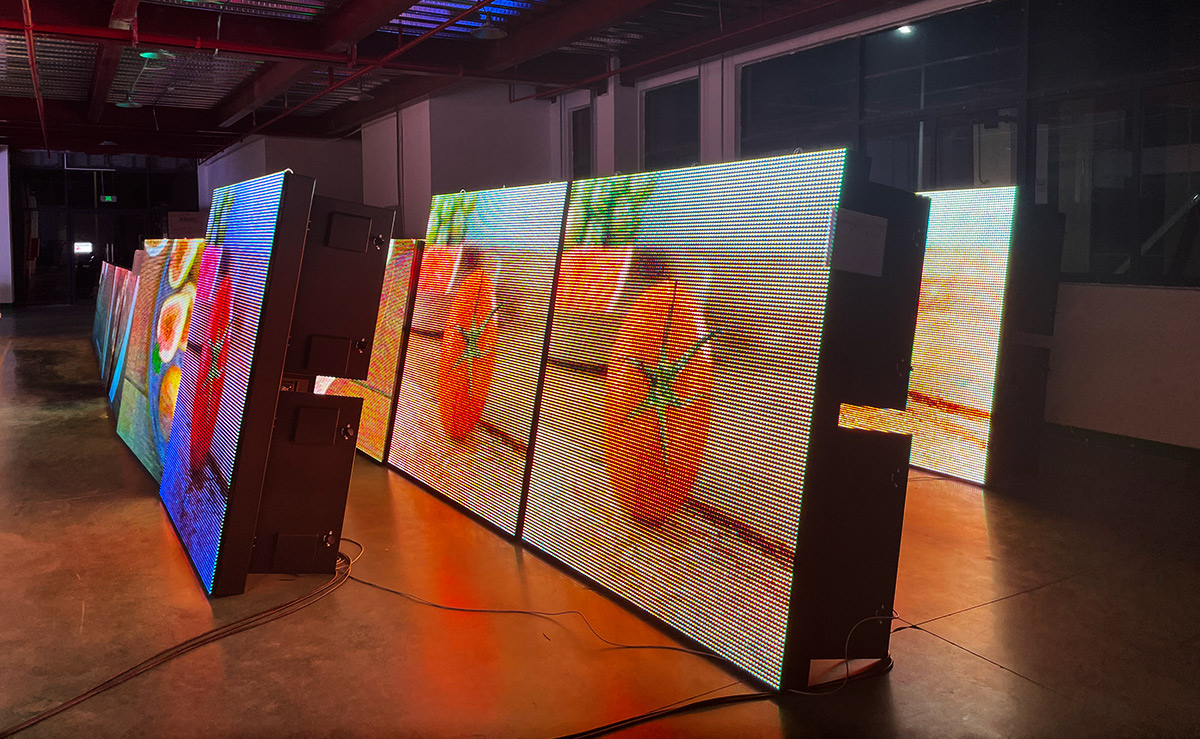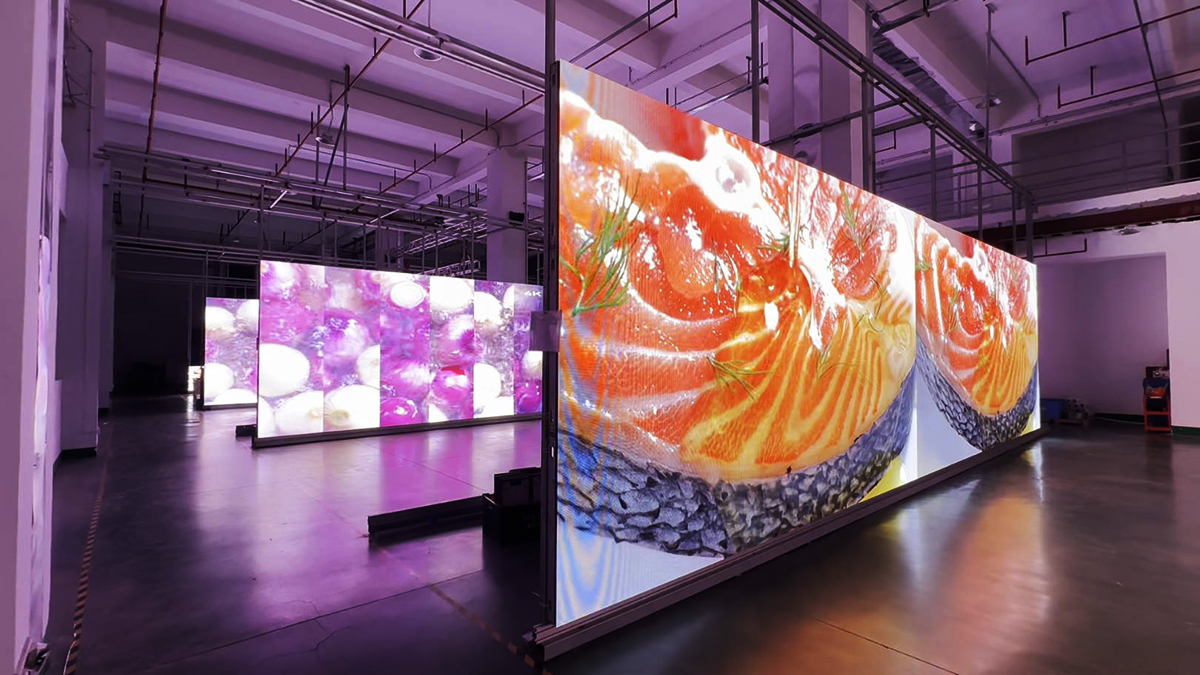Introduction
LED display screens have become a pivotal part of modern advertising, information dissemination, and entertainment. The effectiveness of these displays is not solely reliant on the screen technology itself but also significantly depends on the control system that drives them. This article delves into the critical factors and options to consider when selecting a control system for LED display screens.
Key Considerations
1. Type of Content
The type of content that will be displayed plays a crucial role in determining the appropriate control system. High-resolution video content requires a robust system capable of handling high data throughput. Conversely, static images or text-based messages might be effectively managed by simpler systems.
2. Size and Resolution of the Display
Larger displays or those with higher resolutions typically necessitate more sophisticated control systems. The system must support the pixel mapping accurately and ensure synchronization across all modules. For instance, a massive outdoor LED billboard needs a different setup compared to a small indoor screen.
3. Connectivity Options
The selected control system should provide versatile connectivity options, accommodating various input sources such as HDMI, DVI, VGA, and wireless connections. Systems that offer multiple connection types facilitate easier integration with other media sources and simplify content management.
4. Software Compatibility
A user-friendly software interface is paramount for effective content management. The control system should be compatible with commonly used operating systems and support various formats for easy content upload and scheduling. It’s beneficial if the software allows remote access, enabling users to change content from any location.
5. Scalability
As businesses grow, their advertising needs may change. Choosing a control system that is scalable ensures that future upgrades can be made without needing a complete overhaul. This could involve adding more display modules or enhancing functionality.
6. Reliability and Performance
LED displays are often used in high-traffic areas where reliability is essential. A good control system should guarantee stable performance without overheating or crashing. Look for systems that include redundancy features to prevent downtime.

7. Support and Maintenance
Consideration should be given to the level of technical support available for the control system. A reliable provider that offers comprehensive support and maintenance services helps mitigate risks associated with unexpected failures.
8. Cost-Effectiveness
Lastly, while the initial investment is crucial, long-term operational costs should also be evaluated. A slightly higher upfront cost may yield savings through enhanced performance, reduced energy consumption, and minimized maintenance needs.
Conclusion
Selecting the right control system for LED display screens is vital for optimizing their performance and ensuring they meet specific business needs. By considering factors such as content type, display size, connectivity, software compatibility, scalability, reliability, support, and cost-effectiveness, stakeholders can make informed decisions that will enhance their visual communication strategies. Ultimately, the ideal control system should blend seamlessly with the LED display technology to create stunning, engaging visuals that capture audience attention.
If you have any questions about the Selection of Control System for LED Display Screens, contact us on www.cnleder.com!